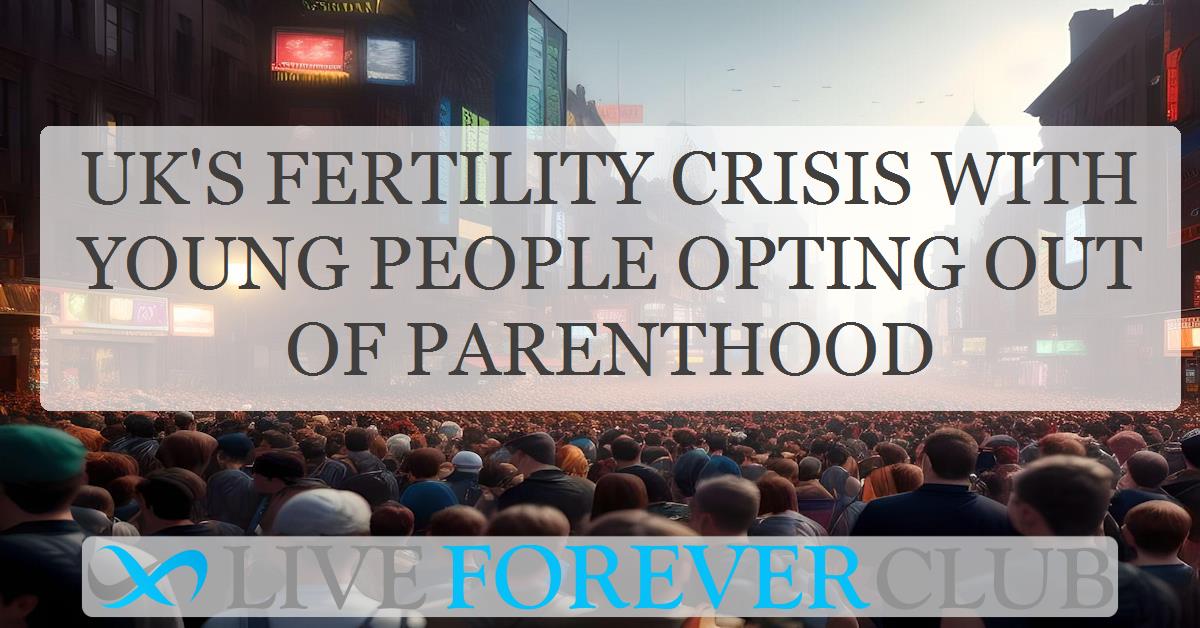Key points from article :
The UK is experiencing a significant decline in its fertility rate, with England and Wales recording their lowest rates ever in 2023. The average woman in these regions gave birth to 1.44 children, a stark contrast to the 2.1 children per woman needed to maintain a stable population. Total fertility rate in Scotland also declined to 1.3. This trend is not isolated to the UK, as many countries worldwide are seeing similar declines.
Several factors contribute to this demographic shift. Economic pressures, including rising housing and childcare costs, are making it increasingly difficult for young people to afford children. Additionally, changing societal attitudes and priorities, such as career advancement and personal fulfillment, are influencing decisions about family size.
While the government could implement policies to encourage higher birth rates, such as extended parental leave or subsidized childcare, experts caution that these measures may have limited impact. Instead, addressing underlying issues like economic inequality and work-life balance may be more effective in the long term.
As the UK grapples with this demographic challenge, it is crucial to consider the potential implications for the future, including labor shortages, healthcare costs, and social security systems. Understanding the complex factors driving the decline in fertility rates is essential for developing effective policies to mitigate its impact.
Greg Ceely, head of population health monitoring at the ONS, said total fertility rates had been declining since 2010 but was particularly notable in some age groups. "The decline in fertility rates has been the most dramatic in the 20-24 and 25-29 age groups,” he said.
Report led by Alice Goisis published in the UCL Centre for Longitudinal Studies.







